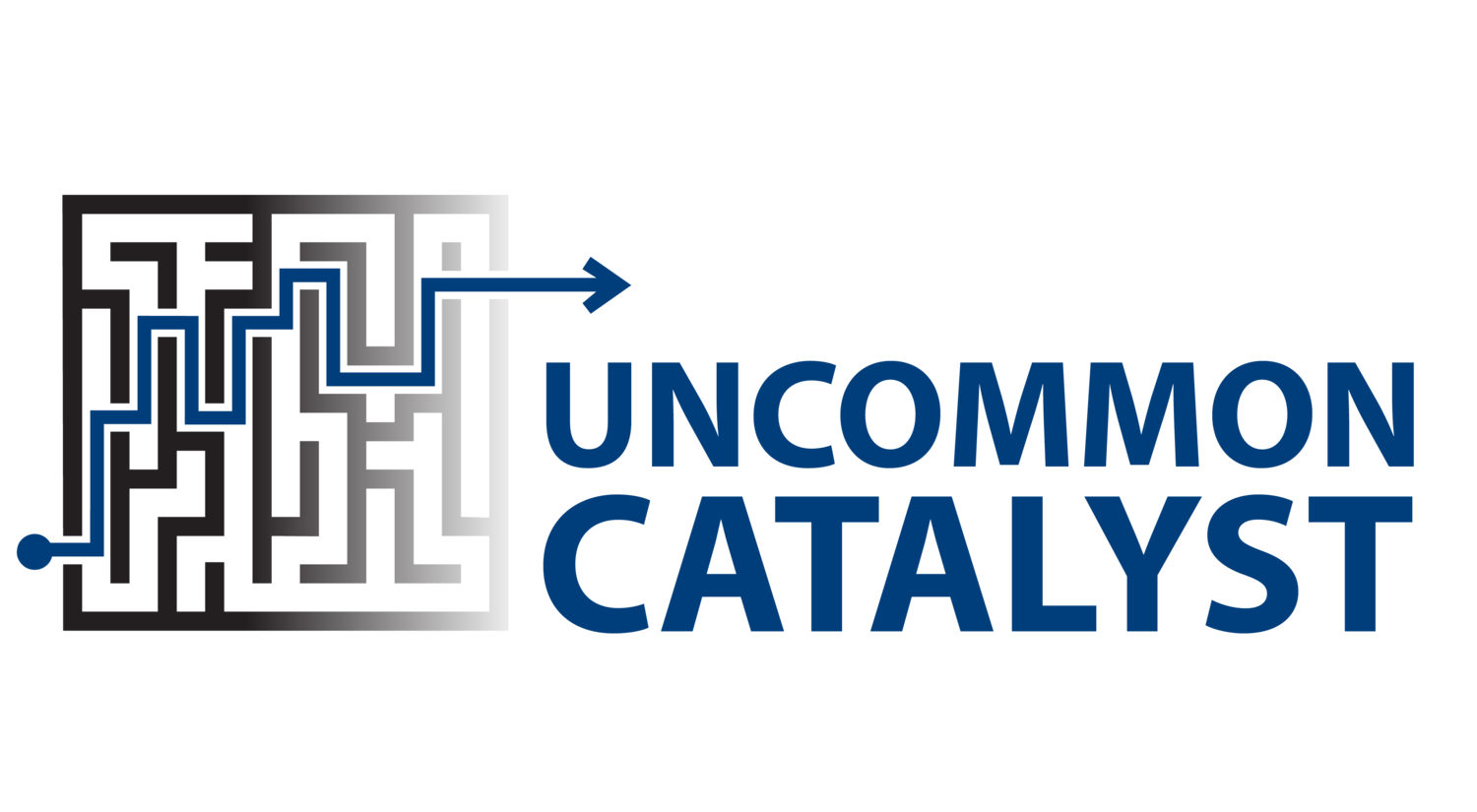Flashback Friday: Web 2.0
/Twenty years ago, the internet underwent a dramatic transformation. Web 2.0, created in 2004, marked a significant departure from the older Web 1.0. It introduced dynamic content, enabling individuals to engage online, and applications became integral to modern digital experiences. The move to interactivity was crucial. It let people do more than just watch – they could join in and add their own ideas. Web 2.0 centered around collaborative user efforts, turning websites into platforms for community building. Users collaborated, shared insights, and co-created content, with social media platforms playing a crucial role in connecting people globally. The impact of Web 2.0 extended beyond social realms. Businesses seized new opportunities in this dynamic landscape, utilizing real-time connectivity for customer engagement. Interactive platforms became essential for marketing and customer relationship management, enabling businesses to adapt to evolving audience needs. Education underwent a renaissance with Web 2.0. Collaborative tools and interactive learning platforms enhanced engagement, allowing seamless connections between students and educators, transcending geographical boundaries and creating a globalized learning environment. Essentially, Web 2.0 transformed the internet from predominantly one-way and static to a lively, two-way interaction. Users actively shaped the digital world by joining in, sharing content, and collaborating. This transformation not only impacted the internet but also set the stage for a more connected, active, and user-driven online experience. The influence of Web 2.0 continues to shape how we use the internet, influencing its future trajectory.

